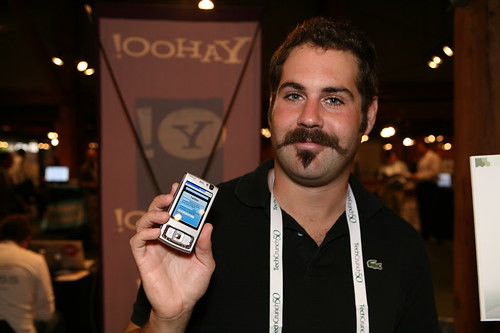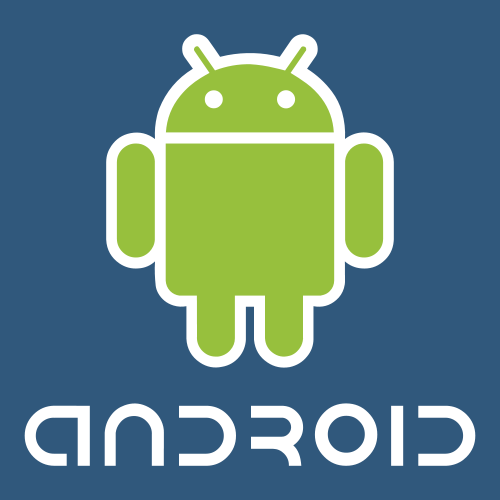There have been many attempts at enabling us to truly access the Web from our mobile devices like we do at home. I think it is safe to say that most of them have failed. There have been many surveys conducted about how many cellphone users use the Mobile Web, none of them displaying very impressive numbers. The reason the technology has not developed, is not due to the lack of speed. With HSDPA or WIFI, you can access the Web at speeds that are similar, if not higher than your home connection.
The reason Mobile Web is not a huge success is because Mobile Web does not live up to its name, it is not the real Web on your mobile. It is hard to use, not user friendly, and generally does not provide users with what they get on their home PCs. I think this is one of the primary reasons for the IPhone’s incredible success.
Well, all this is about to change. A new startup has just introduced a revolutionary product that will transform Mobile Web into what it was intended to be. Just imagine viewing your email inbox or your Facebook in real time, without the headache of accessing that annoying mobile browser on your phone. You know that sleep screen that shows you the time, when you are not using your phone? Wouldn’t you want to have your email update itself there in real time? Wouldn’t you want to be able to add any widget there, that can update regularly displaying you information on sports, social networks, stocks, or anything else you choose?
Studies have shown that most users access the Web on their phone for the same things over and over again to see any new updates. Things just got a whole lot easier with Flyscreen, take all those things you like to surf to on your handset, and add them to your phone’s sleep screen. No more mobile surfing needed.
Cellogic can really shake things up in the mobile world with their new product, Flyscreen, and it seems that someone over at Techcrunch agrees, Cellogic was just launched in the Demo pit.
Anything that enables me to stop using my annoying mobile browser is a huge plus for me. I for one, am very excited to see how this product does in the real world.
– Hillel
Jonathan Strauss, VP Business Development for Cellogic



























































